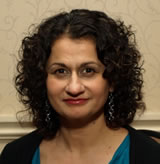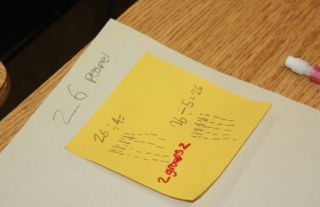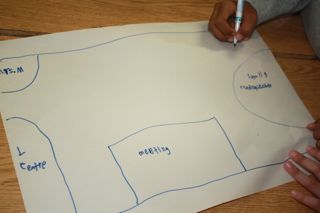Sometimes when I look at my students, I wonder: how can I meet the needs of everyone?
Will I be able to support the student who is feeling bullied or the student who struggles to grip a pencil? Will I figure out the best way to explain to a parent that we are focusing on inclusion and gender equality when that may be contrary to how she was educated?
And the answer that comes to mind is definite: not every minute of every day.
But…I can start with one student at a time.
Take “Matthew”. He has been diagnosed with ADHD and takes medication daily to help him manage impulse control and the challenges he has with filtering his thoughts. Matthew’s medication is time-released and so the first few hours of the morning are very difficult for him until things start to ‘kick in’, as he calls it.
So, I tried a few things. I gave him time to do something hands-on when he first came in, but he became frustrated. I used my gym time first thing in the morning to help him work through some of his excess energy, but it seemed to distract him more.
Then last week, I decided to make a morning message for him. I recorded a personal greeting that gave him information about what we would be doing that morning and how he might be successful in those tasks. As he listens, it helps him to access an inner voice he knows he has, but he just can’t hear yet.
Of course, there is no magic answer for Matthew or for any of my kids for that matter. Like us, they will have up and down days and sometimes things won’t work. But maybe if I take on one student at a time, I can start to meet their needs…and mine.



